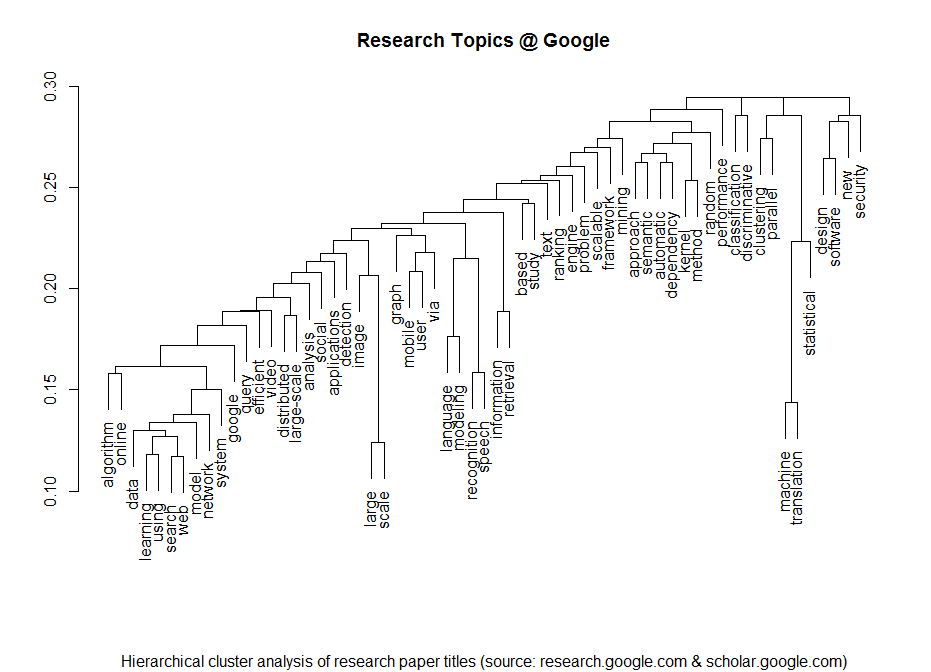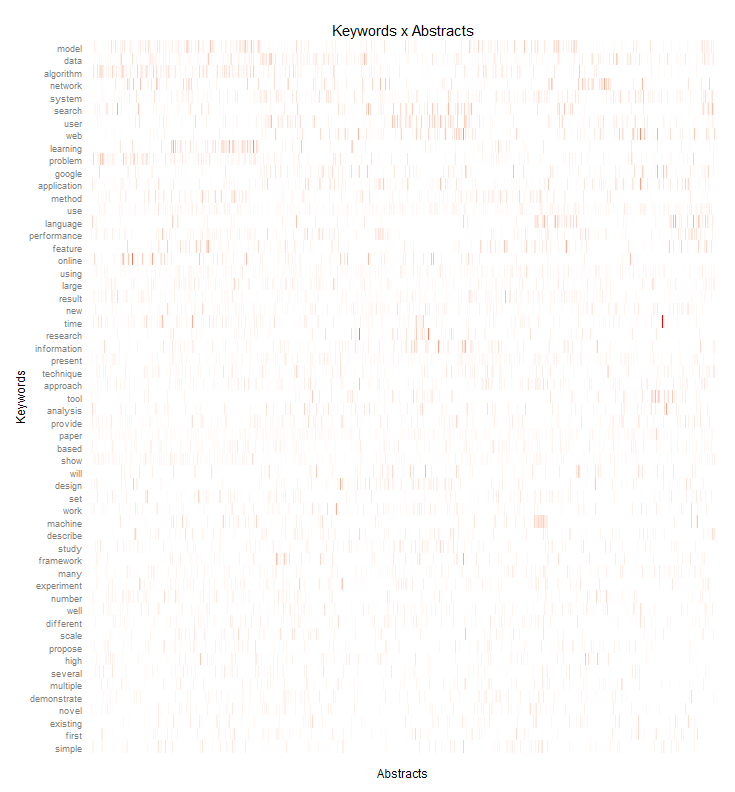A risk is defined as the probability of an undesirable event to take place. Since most risks are not totally random but rather dependent of a range of influences, we try to quantify a risk function, that gives the probability for each set of influences. We then calculate the expected loss by multiplying the costs that are caused by the occurrence of this event with the risk, i.e. its probability.
Often, the influences can be changed by our actions. We might have a choice. So it makes sense to look for a course of actions that would minimize the loss function, i.e. lead to as little expected damages as possible.
Algorithms that run in many procedures and on many devices often make decisions. Prominent examples are credit scoring or shop recommendation systems. In both cases it is clear that the algorithm should be designed to optimize the economic outcome of its decision. In both cases, two risks emerge: The risk of a false negative (i.e. wrongly give credit to someone who cannot pay it back, resp. make a recommendation that does not fit the customer’s preferences), and the risk of a false positive (not granting credit to a person that would have been creditworthy, resp. not offering something that would have been exactly what the customer was looking for).
There is however an asymmetry in the losses of these two risks. For the vast majority of cases, it is far more easy to calculate the loss for a false negative than for the false positive. The cost of credit default is straightforward. The cost of someone not getting the money is however most certainly bigger than just the missed interests; the potential borrower might very well go away and never come back, without us ever realizing.
Even worse, while calculating risk is (more or less) just maths and statistics, different people might not even agree on the losses. In our credit scoring example: One might say, let’s just take what we know for sure, i.e. the opportunity costs of missed interests, the other might insist to evaluate a broader range of damages. The line where to stop is obviously arbitrary. So while the risk function can be made somehow objective, the loss function will be much more tricky and most of the time prone to doubt and discussion.
Collision decision
In the IoT – the world of connected devices, of programmable object, the problem of risks and losses becomes vital. Self-driving cars will cause accidents, too, even if they are much safer than human drivers. If a collision is inevitable, how should the car react? This was the key question ask by Majken Sander in our talk on algorithm ethics at Strata+Hadoop World. If it is just me in the car, a possible manoeuvre would turn the car sideways. If however my children sit next to me, I might very well prefer a frontal crash and rather have me injured than my passengers. Whatever I would see as the right way to act, it is clear that I want to make the decision myself. I would not want to have it decided remotely without my even knowing on what grounds.
Sometimes people mention that even for human casualties, a monetary calculation could be done -no matter how cruel that might sound. We could e.g. take the valuation of humans according to their life expectancy, insurance costs, or any other financial indicator. However, this is clearly not, how we would usually deal with lethal risks. “No man left behind” -how could we explain Saving-Private-Ryan-ish campaigns on economic grounds? Since the human casualty in the values of our society is regarded as total, not commensurable (even if a compensation can be defined), we get a singularity in our loss function. Our metric just doesn’t work here. Hence there will be no just algorithm to deal with a decision of that dimension.
Calculate risks, let losses be open
We will nevertheless have to find a solution. One suggestion for the car example is, that in risky situations, the car would re-delegate the driving back to a human to let them decide.
This can be generalized: Since the losses might be valuated differently by different people, it should always be well documented and fully transparent to the users, how the losses are calculated. In many cases, the loss function could be kept open. The algorithm could offer different sets of parameters to let the users decide on the behavior of product.
As a society we have to demand to be in charge defining the ethics behind the algorithms. It is a strong cause for regulation, I am convinced about that. It is not an economic, but a political task.





